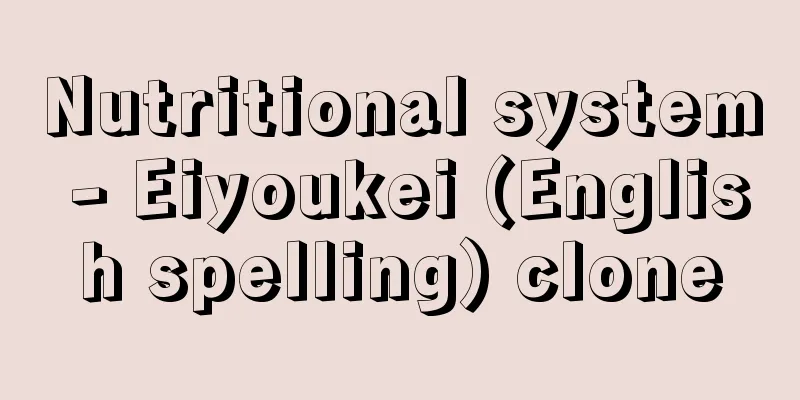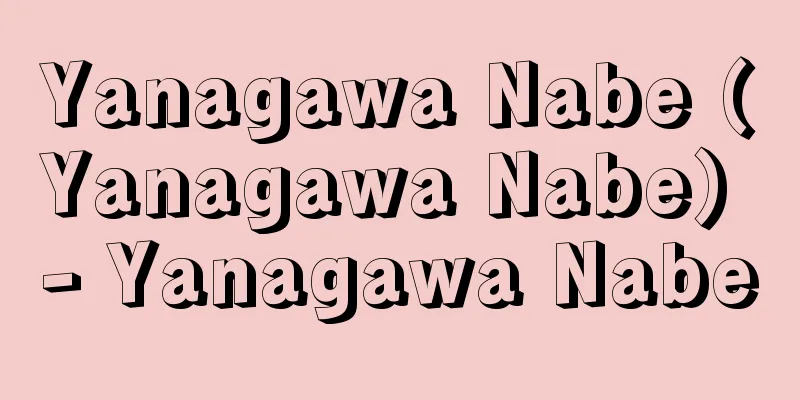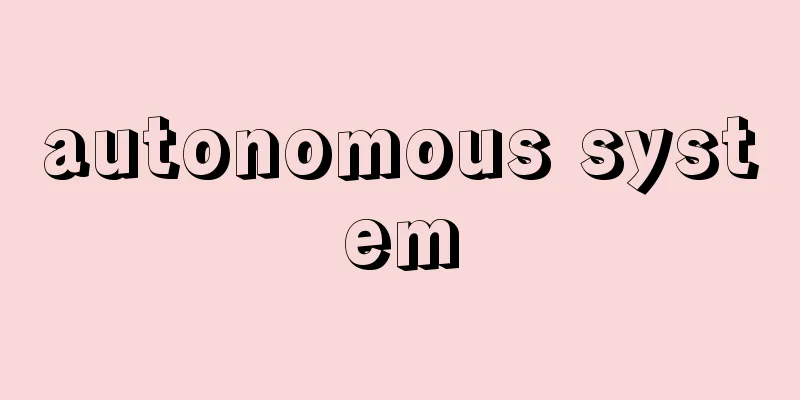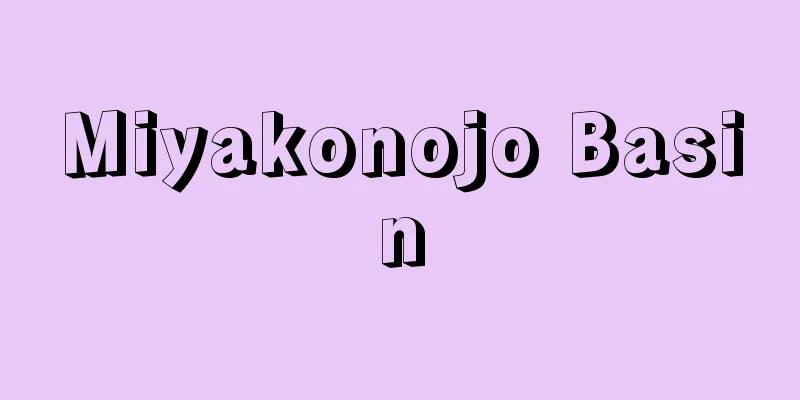Sky burial - Chosou
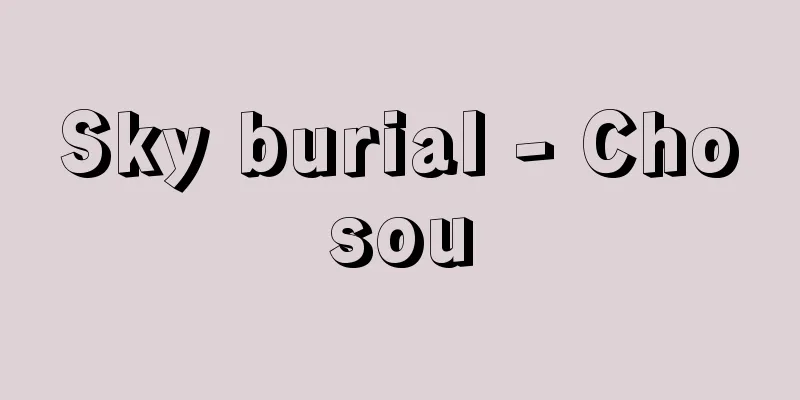
|
A burial method in which the body is disposed of by feeding it to birds. Sky burial is well known among Tibetans in the Himalayas and the Parsi ethnic group living mainly in Mumbai (Bombay), India. When a person dies, the Parsis carry the body to a "Tower of Silence." This tower has no ceiling or roof, and as soon as the body is left inside, vultures descend and eat the flesh, leaving the remaining bones exposed to the elements to wash. In the case of Tibetans, the body is carried to the middle of a mountain, where monks cut the body into pieces, including the bones, with swords and crush the head with a stone to make it easier for the birds to eat. After dismembering the body, the monks leave the body behind and descend the mountain, leaving it to be eaten by the vultures. With this method, almost the entire body is eaten by the birds, leaving only a small amount of hair and bones. Behind this custom of sky burial is the idea that the dead are carried to heaven by being eaten by birds. Sky burial is also originally related to the funeral method of disposing of the corpse by feeding it to dogs or wild animals. It is thought that these developed from an old funeral method in which nomads in the grasslands would leave those who died while migrating on the grassland to be eaten by birds and wild animals, and then continue migrating. [Jun Shimizu] [Reference] |Source: Shogakukan Encyclopedia Nipponica About Encyclopedia Nipponica Information | Legend |
|
鳥に死体を食べさせることによって死体を処理する葬法。ヒマラヤのチベット系住民や、インドのムンバイ(ボンベイ)を中心として住む民族集団パルシーの鳥葬はよく知られている。パルシーは、人が死ぬとその死体を「沈黙の塔」へと運び込む。この塔は天井や屋根がなく、死体が塔内に放置されるやいなやハゲタカが舞い降りてきて、死体の肉を食い尽くしてしまい、残った骨は風雨にさらされて洗われる。チベット人の場合は、死体を山の中腹に運び、僧たちが刀で死体を骨ごと切り刻み、頭は石で砕くなどして鳥が食べやすいようにする。死体の解体作業が終わると、僧たちは死体を残して山を下り、ハゲタカのついばむに任せる。この方法だと、毛髪とか骨のごく一部だけを残して死体のほとんど全部は鳥に食べられてしまう。 このような鳥葬の風習の背景には、死者は鳥に食べられることによって天へ運ばれるのだとする観念がある。また、鳥葬はもともと犬や猛獣などに死体を食べさせて処理する葬法と関連する。これらは草原地帯の遊牧民が、移動の途中死んだ者を草原に放置して鳥や野獣の食べるに任せ、さらに移動を続けていく、という古い葬法から発展してきたものであろうと考えられる。 [清水 純] [参照項目] |出典 小学館 日本大百科全書(ニッポニカ)日本大百科全書(ニッポニカ)について 情報 | 凡例 |
Recommend
Antonescu, I.
...In 1934, the Balkan Entente was formed with Yu...
Shafi`i sect - Shafi`i is (English spelling) Shāfi`iyah
One of the four major schools of law officially re...
monème (English spelling) moneme
...Humans' limited memory can only produce a ...
Tao Zong-yi; T`ao Tsung-i
A Chinese scholar in the late Yuan and early Ming ...
ascending reticular activating system
…He later served as professor at the University o...
music synthesizer
…Music synthesizer is an abbreviation for music s...
Inuyama Headworks
…Recently, it has become difficult to take water ...
Branch change - Edawari
A form of plant mutation in which cells at the gro...
Margareta
…the legendary saint who was martyred in the pers...
Yang Shih-ch`i (English spelling)
[Birth] 25 years old (1365) [Died] 9th year of Sho...
Micheli, PA (English spelling) MicheliPA
...This classification criterion is based on the ...
Nittic membrane - Shunmaku
This refers to the thin membrane that exists betw...
Prefectural summons - Agatamesinojimoku
A ceremony to appoint provincial officials such as...
Jacobinia pohliana (English spelling)
…[Ichiro Sakanashi]. … *Some of the terminology t...
Refund surcharge - Kanpu sankin
Interest on tax refunds. Tax refunds or erroneousl...

